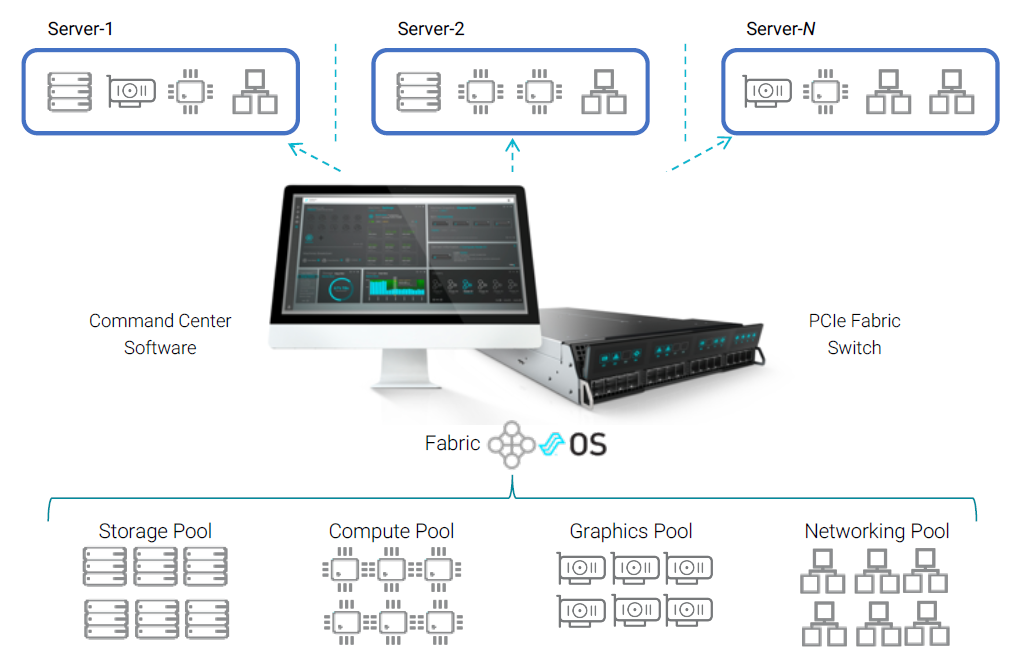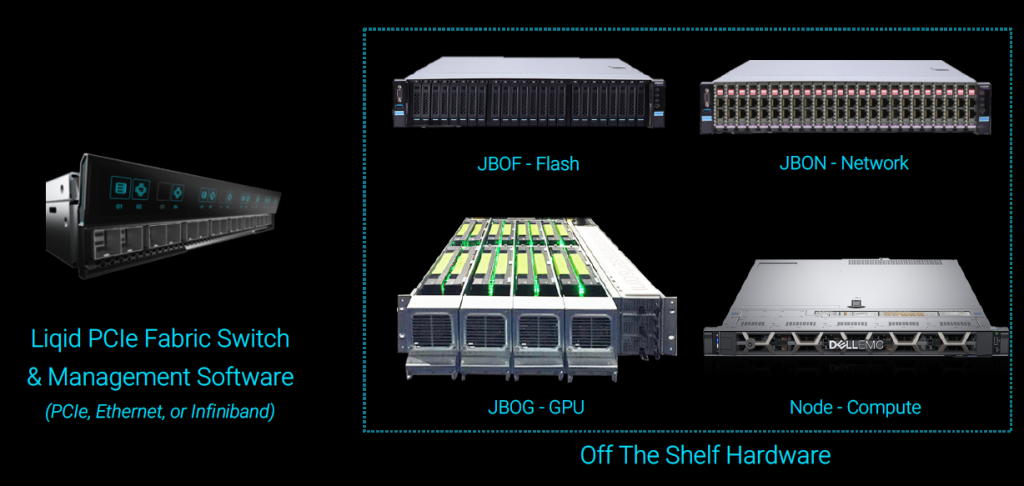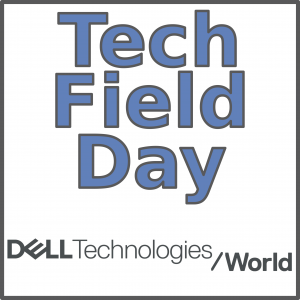During the last Dell Technologies World 2019 event one of the interesting topics was the idea of (real) composable infrastructure. DellEMC already have the Dell EMC PowerEdge MX platform, but at this stage is more like a converged infrastructure 2.0, insteat that a true composable infrastructure.
In fact DellEMC define the MX7000 a kinetic infrastructure, but during the event there was an interesting prototype to demostrate that can become a composable infrastructure.
But what make an infrastructure composable? Is just an evolution of hyper-converged infrastructure (HCI) or converged infrastructure (CI) or modular solutions? Not really… you need more to have a truly composable infrastructure.
During the Tech Field Day Extra at DTW on Wednesday afternoon, one of the company has presented one of the most Comprehensive Composable Infrastructure Platform.
The company name it’s Liqid, founded in the greater Denver area by a team of experts with decades of broad experience in data center architecture and software design.
I found that the name is perfect for a company related to composable infrastructure: a liquid is really dynamic and can move fast and adapt to each form… but as mass and you can see it and touch it.
And goind back to the past it rememers me the “Fluid Forward” mantra from Dell, related to the storage product, but with some idea that are quite similar to the composable concepts.
Liqid composable infrastructure leverages industry-standard data center components to deliver a flexible, scalable architecture built from pools of disaggregated resources.
Compute, networking, storage, GPU, FPGA, and Intel® Optane™ memory devices are interconnected over intelligent fabrics to deliver dynamically-configurable bare-metal servers, perfectly sized, with the exact physical resources required by each deployed application.

The core elements implement this solution and share the resources are the Liqid OS and the Liqid Fabric.
Liqid Command Center is the “OS” and the management software that dynamically composes physical servers on demand from pools of bare-metal resources. It provides a policy-based automation and dynamic provisioning of resources and multiple control methods, including GUI and RESTful API.
Liqid Grid is the adaptive, intelligent fabrics that enables Simultaneous Support for PCIe Gen 3, PCIe Gen 4, Ethernet, Infiniband, and upcoming Gen-Z Fabrics.
In this way you can build dynamic infrastructure platforms with more flexibility, better resources utilization and lower TCO.

Which kind of resources you can manage? Of course the node compute resources, but Liqid can share NVMe, NICs, GPU across it’s fabric.
And has some interesting resource appliances, like the Liqid’s 20-GPU JBOG (just a bunch of GPUs) for large-scale supercomputing installations for applications in AI and deep learning, cloud computing, enterprise and HPC.
The idea of “JBOD” shelves with specific resources type can be extended to NVMe devices, NIC cards and so on… and in the future, with Gen-Z, also to the primary memory for DRAM and PMEM.

Coupled with the award-winning Dell EMC PowerEdge portfolio, Liqid delivers software-defined, composable resource allocation via Liqid’s ultra-low-latency, intelligent fabric to ensure significant increases in data agility, capacity and bandwidth. Leveraging pools of disaggregated GPUs, FPGAs, CPUs, NVMe storage and Intel® OptaneTM memory extension technologies, IT users can orchestrate balanced systems for each AI phase of data ingest, cleaning/tagging, training, and inference, while minimizing the data center footprint.
Are composable infrastructure for all use cases or all users? It’s like asking if HCI can fit in all use cases or can be the right solution for each customer. It really depends by the customer needs and in some cases other solutions can be the first choice.
But there are some interesting use cases where composable infrastructure can be more effective:
- Bare metal cloud infrastructures with more flexibility, better resource utilization, and lower TCO
- Applications related to AI or ML where you may need dynamic resource allocation for each stage of A.I workflow. A composable infrastructure will enable GPU Peer-2-Peer at scale and GPU Dynamic reallocation/sharing.
- HPC environment, were you may need to enables massive scale-out and have a very dynamic resource management.
- Legacy applications that may not scale-out so good but instead may need a deep scale-in.
- Machine containers deployed with predefined hardware containers.
- …
Liqid has also announced that it has collaborated with Dell Technologies OEM & IoT Solutions to provide composable infrastructure solutions to enterprises across geographies and verticals.
See also:
- 82: GreyBeards Talk Composable Infrastructure With Sumit Puri, CEO & Co-Founder, Liqid Inc.
- Liqid Are Dynamic in the DC
- Scaling New HPC With Composable Architecture
- Liqid to Bring Industry-Leading Composable Infrastructure Platform to Global Enterprises
- Liqid Enables Industry-First Unified Multi-Fabric Support for Composable Infrastructure
- TFDx @ DTW ’19 – Get to Know: Liqid




